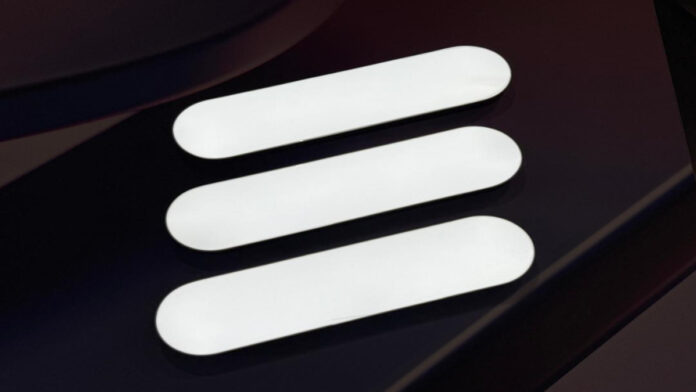Despite a revenue drop, Ericsson returned to profitability in Q2 2025, posting a net income of SEK 4.6 billion ($472.8 million)
Ericsson reported second-quarter revenue of SEK 56.1 billion ($5.8 billion), a 6% year-over-year decline driven largely by “weak” sales in India, where operators have paused network investments. Despite the revenue drop, the vendor returned to profitability, posting net income of SEK 4.6 billion ($472.8 million) — a notable turnaround from a SEK 11 billion loss in the same period last year, when it absorbed an impairment charge tied to its Vonage cloud unit.
The company noted that its profit margin was impacted by U.S. tariffs, and said it is working to rebalance global production as trade dynamics continue to shift. By business segment, Networks revenue declined 5% to SEK 35.7 billion, and Cloud Software and Services also saw a 5% drop to SEK 14.4 billion. Meanwhile, IPR licensing revenue rose to SEK 4.9 billion, up from SEK 3.9 billion, thanks to gains from previously unlicensed periods.
Aduna reaches major markets
In Q2, Aduna, Ericsson’s joint API venture, was deployed across three operators in Japan (SoftBank and NTT DOCOMO and KDDI). “And with that, we now cover major markets with Aduna,” said CEO Börje Ekholm during the company’s earnings call.
Ekholm emphasized that future mobile networks will require fully autonomous, intent-based architectures — networks that understand application needs and configure themselves in real time. “Future networks will be so complex, and you will need to be able to create dynamic slices in there,” he said. Delivering on that vision will require AI as a foundational layer.
Here, Aduna and Vonage play complementary roles. Aduna serves as Ericsson’s orchestration and network exposure platform, enabling policy-driven control and unified access to network capabilities across mobile operators. Vonage provides the API layer that allows developers to programmatically access and embed those capabilities — such as bandwidth, latency and slicing — into applications. Ekholm described network slicing as one of the “critical applications” for these platforms. Together, Aduna and Vonage enable real-time, use case-specific performance tuning, which Ericsson sees as essential for monetizing 5G and supporting AI-powered edge applications.
5G Standalone: Momentum builds slowly
Ekholm also addressed the slow but steady progress of 5G Standalone (SA) deployments. To take full advantage of the capabilities of the network, he said, two things must happen: more mid-band coverage and an upgraded core network. SA adoption remains limited globally, with broad rollouts mainly in the U.S., India and China. He noted that Europe continues to lag.
Despite the challenges, Ekholm said interest in 5G SA is strong: “We’re seeing new use cases to monetize network investments taking shape — FWA, defense, mission-critical [and] enterprise applications. Many enterprise use cases are now moving from proof of concepts into real industrial deployments.”

